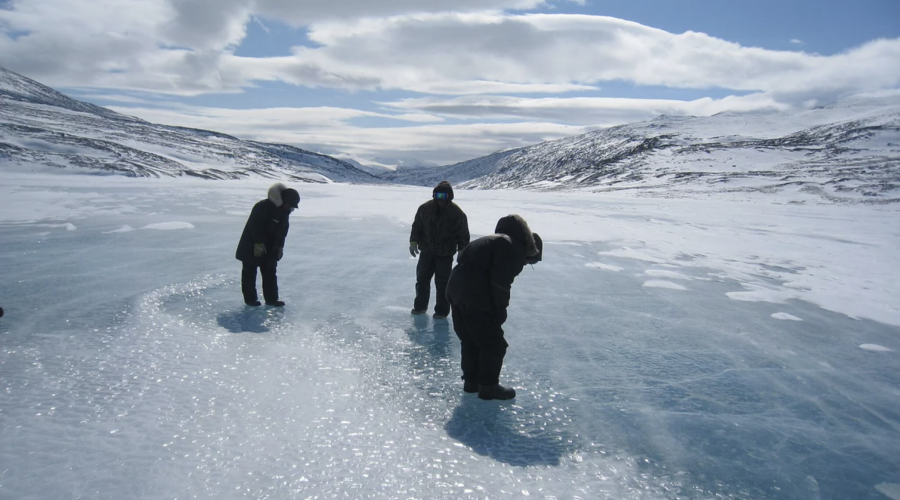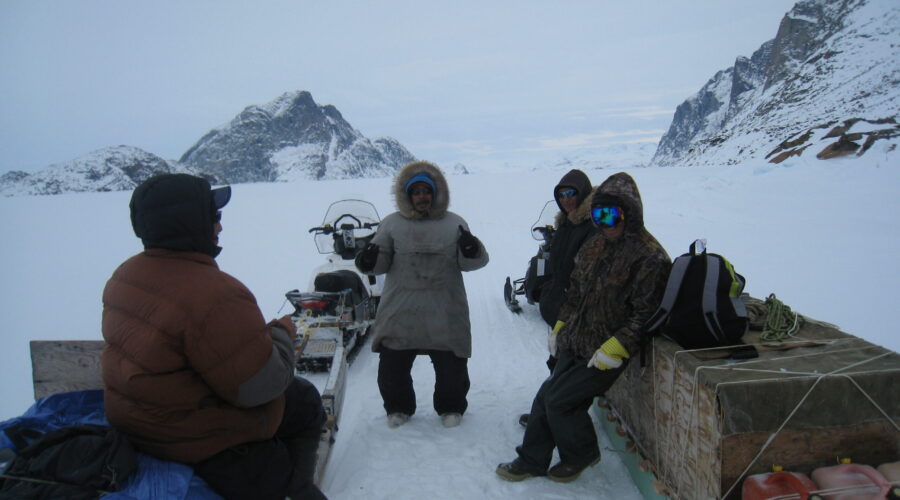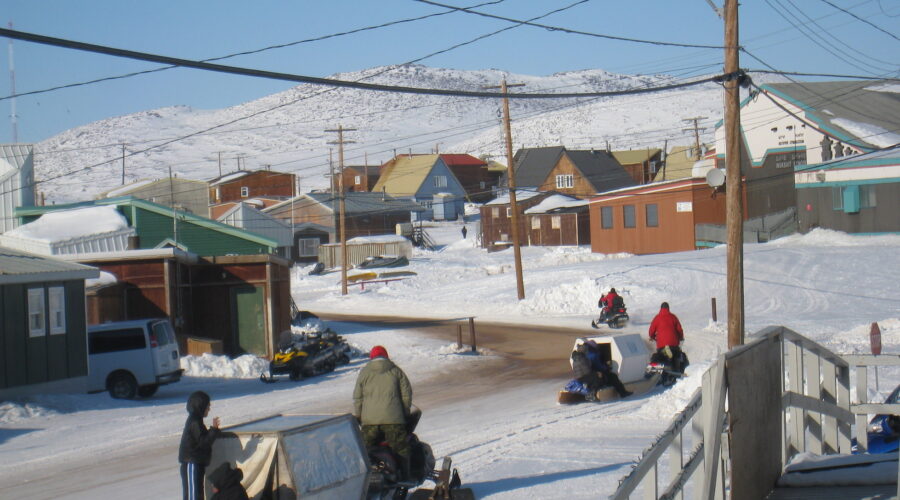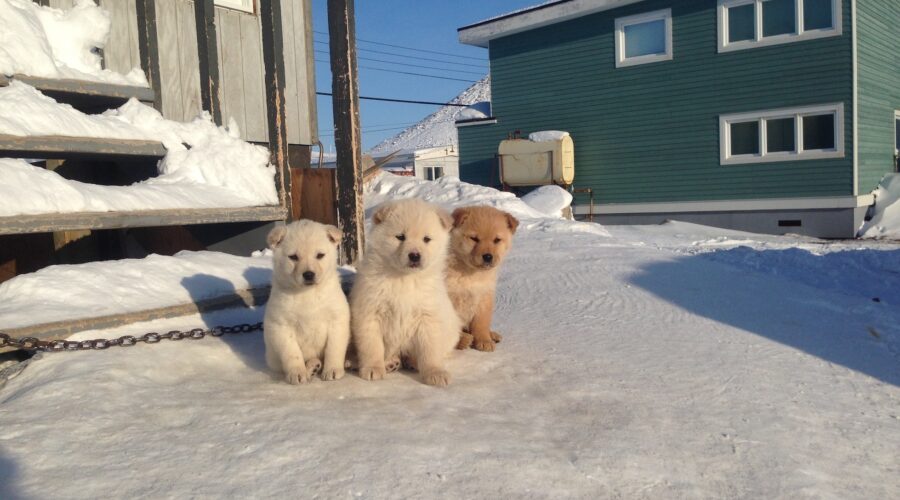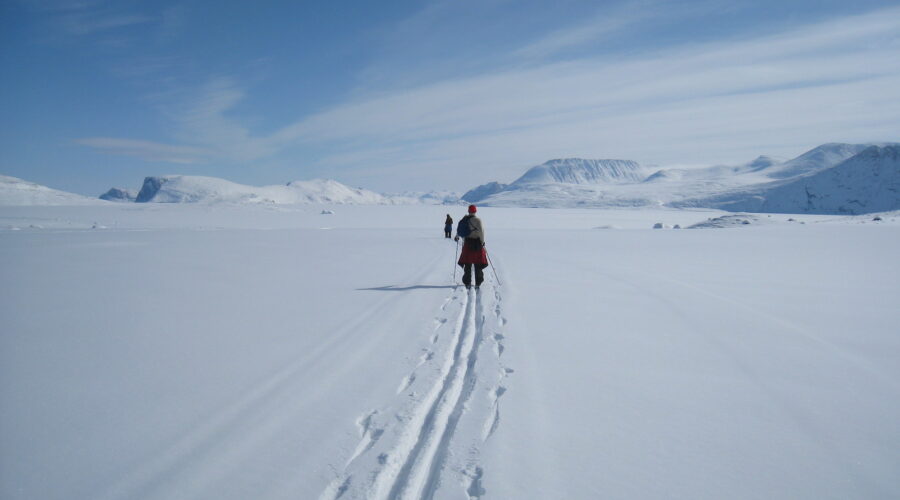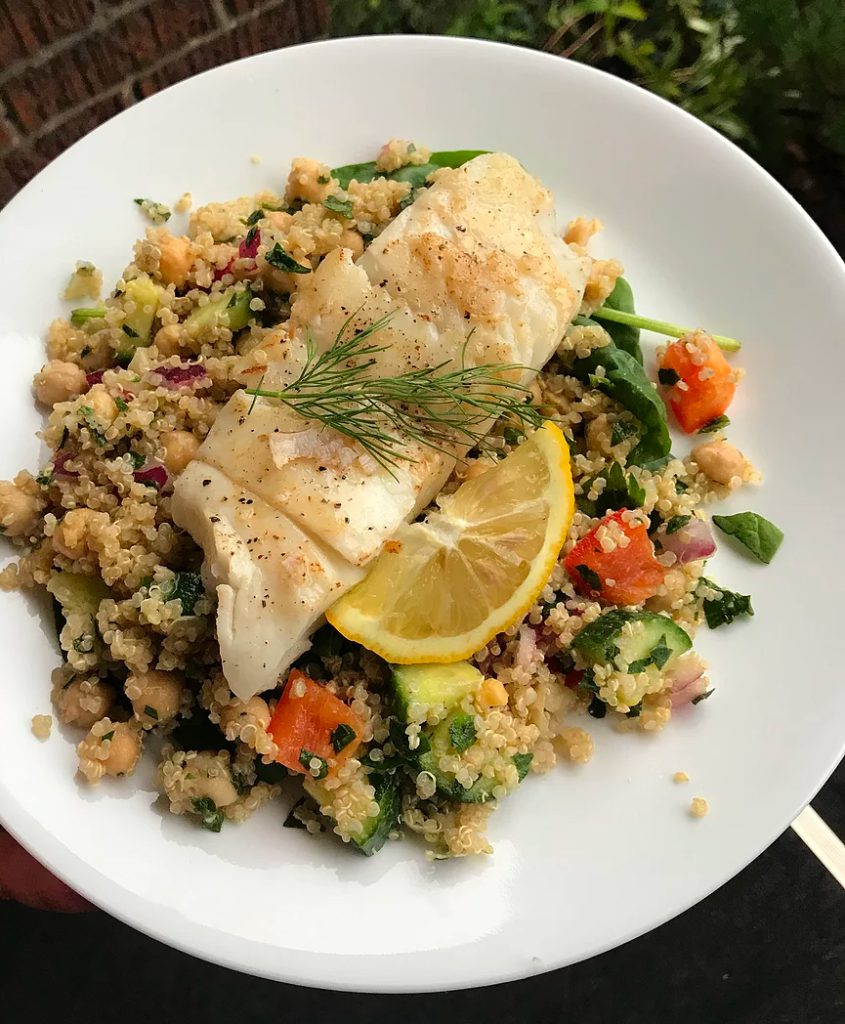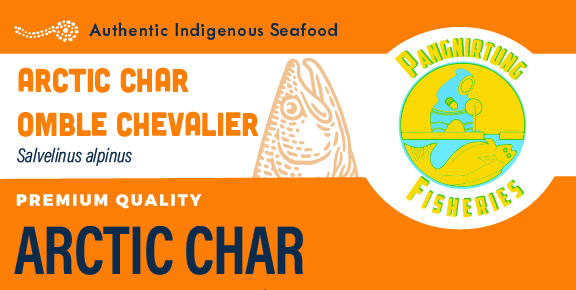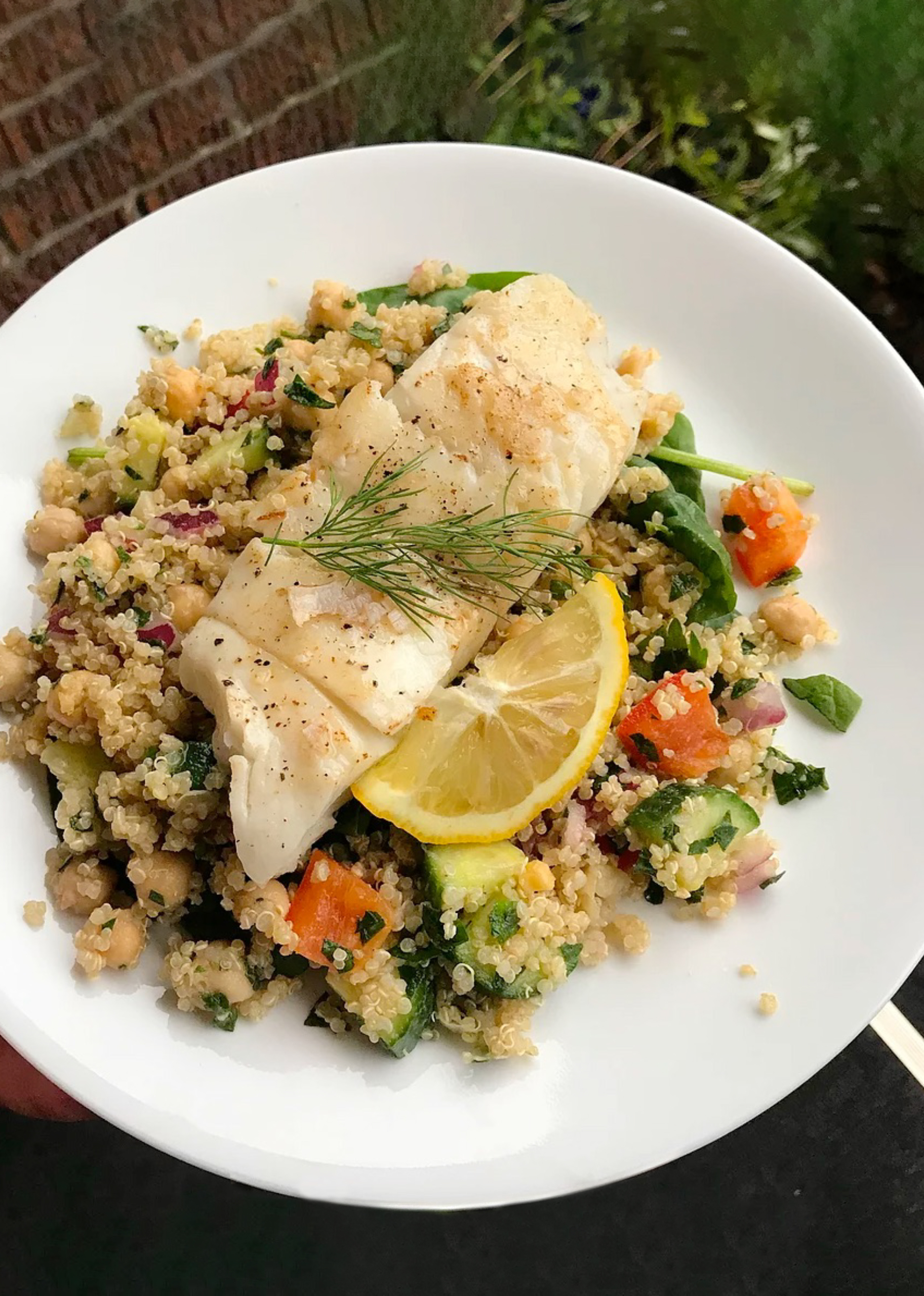Pangnirtung Fisheries
Turbot and Arctic Char from the cleanest and coldest waters on earth – naturally high in Omega 3 oils and frozen fresh on Arctic ice, like it should be.
Pangnirtung Fisheries is an Inuit commercial fishing enterprise located just south of the Arctic circle. Their community-owned fish processing plant was developed 40 years ago to support their fisheries of wild Arctic Turbot and Char. Today Pangnirtung Fisheries supplies their high-quality Arctic catch to markets across Canada and around the world.
Location & Significant Feature
Pangnirtung is an Inuit hamlet in the Qikiqtaaluk Region (or eastern Nunavut) on Baffin Island with a population around 1,500 residents. Pang is located 50 km south of the Arctic Circle and is situated on Baffin Island’s south-east corner.
The community is set in a relatively sheltered fiord flowing into Cumberland Sound surrounded by a shoreline of scenic mountainous terrains with access to Auyuittuq National Park. Auyuittuq is one of Canada’s most popular national Arctic parks renowned for its picturesque landscape, featuring colorful landscapes blanketed with mosses, lichens and myriad Arctic flowers, and framed by towering granite peaks.
Pangnirtung is one of the largest of 8 Inuit communities on the Island and a leader in the development of the region’s Inuit fisheries. Their community-owned Federally-certified processing plant is the first community-run plant of it’s kind in the far north to support their inshore fisheries. It employs 30 seasonal staff and employs more than 70 fishers, with ready access to their primary fishing grounds in Cumberland Sound.

Mission
Provide sustainable employment for all communities across Baffin Island by supporting the growth and development of the fishery, including the training and education of Inuit youth into culturally appropriate jobs.
Protect the sustainability of the fish from the lakes & oceans for future generations using the guidelines and quotas established by the Department of Fisheries and Oceans as well as community leaders.
Work side-by-side with the Inuit communities to build a vibrant economy and strengthen the social harmony within communities to provide cultural and economic stability.
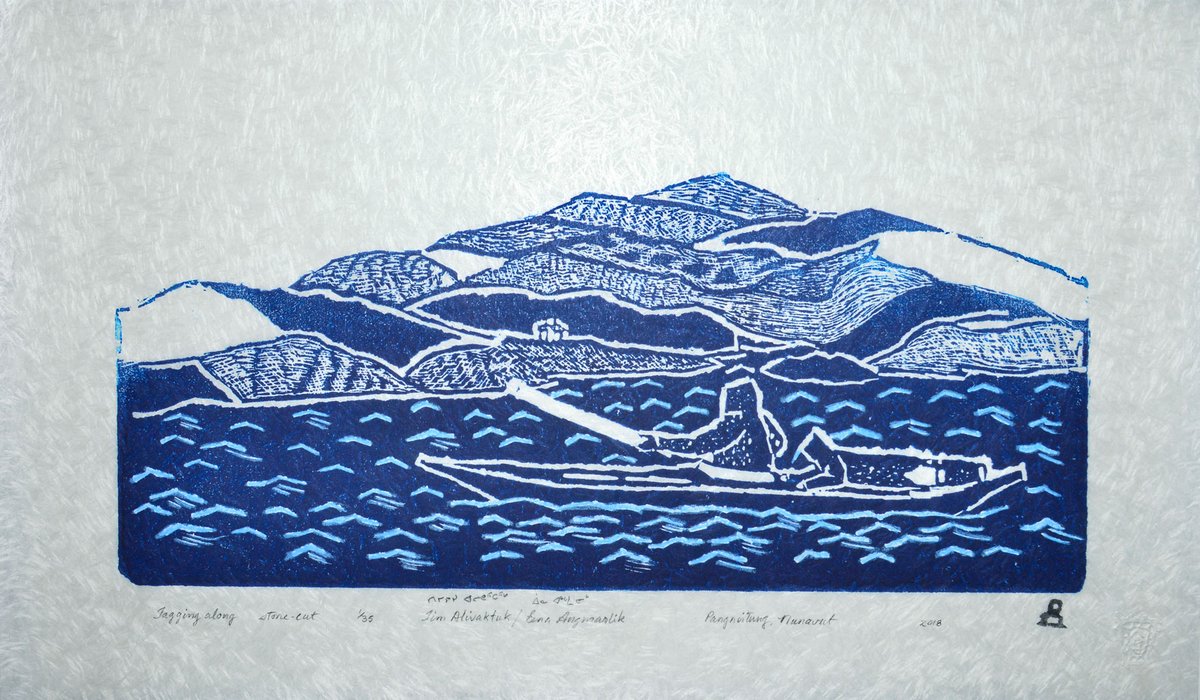
Traditions
Pangnirtung (or Panniqtuuq), “the place of Bull Caribou” also known as “Pang”, is known world-wide for its carvings, woven tapestries, lithographic prints and world class scenery. A Community Centre Mural created in a workshop led by Iqaluit design organization NuSchool by Pangnirtung Youth depicts the namesake of Pangnirtung, a bull caribou, as well as a school of Arctic char being fished from a small boat with the mountain backdrop.
Innuit Art Zone is a recognized official outlet for Pangnirtung print arts (1) Pangnirtung inuit art Prints – Panniqtuuq Prints (Nunavut art) – inuitartzone.com. “The annual Panniqtuuq Print Collection promotes Inuit culture with imagery that celebrates the land and traditional Inuit life, knowledge, and myths. Each year, drawers collaborate with printmakers on the creation of a new collection of limited-edition prints.”
History
Based on local legend, a man named Attagoyuk gave the Community its name. Today, the local High School is named in his honour.
See below a quote from the article History | The Hamlet of Pangnirtung
“The first European known to have explored this area was John Davis in 1585. He was searching for the fabled Northwest Passage. In 1838, a Scottish whaler named William Penny and his guide Eenooloapik discovered the entrance to Cumberland Sound. This led to a rush of Scottish and American bowhead whalers.
The Inuit way of life began to change at this point. By late 1850, many Inuit left their traditional camps to work at the whaling stations at Nuvuyen (on the south coast of Cumberland Sound) and Kekerten Island (on the North coast of the Sound).”
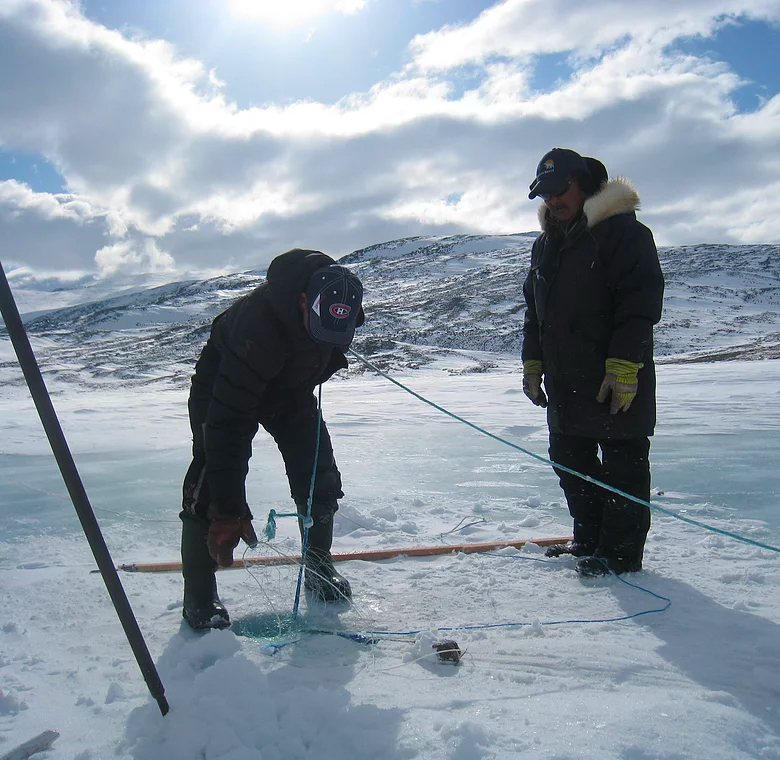
Modern Fishery
The commercial fishery began in Pangnirtung in the 1980’s, focused primarily on Turbot and Arctic Char. The extreme winter conditions can force fishers to drill through more than 2 m of ice to access fishable water. Ice covers the sound several months of the year, hardened by the high-velocity Katabatic winds carrying high-density freezing air from the surrounding mountains.
When the commercial fishery is open, there’s a steady parade of snow machines with plastic tubs leaving and arriving at the small craft harbour carrying gear out to the fishery and the naturally frozen-on catch back to their fish plant. After about an hour-and a-half’s ride onto the sea ice, they reach their lines. Some may have been set the day before and some fishers camp in mobile sheds set over their ice holes so they can tend their lines full time during peak fishing periods. The lines hold roughly 100 hooks baited by hand, and are lowered steadily to the sea floor, a kilometre or so below the surface and drawn outwards by natural currents.
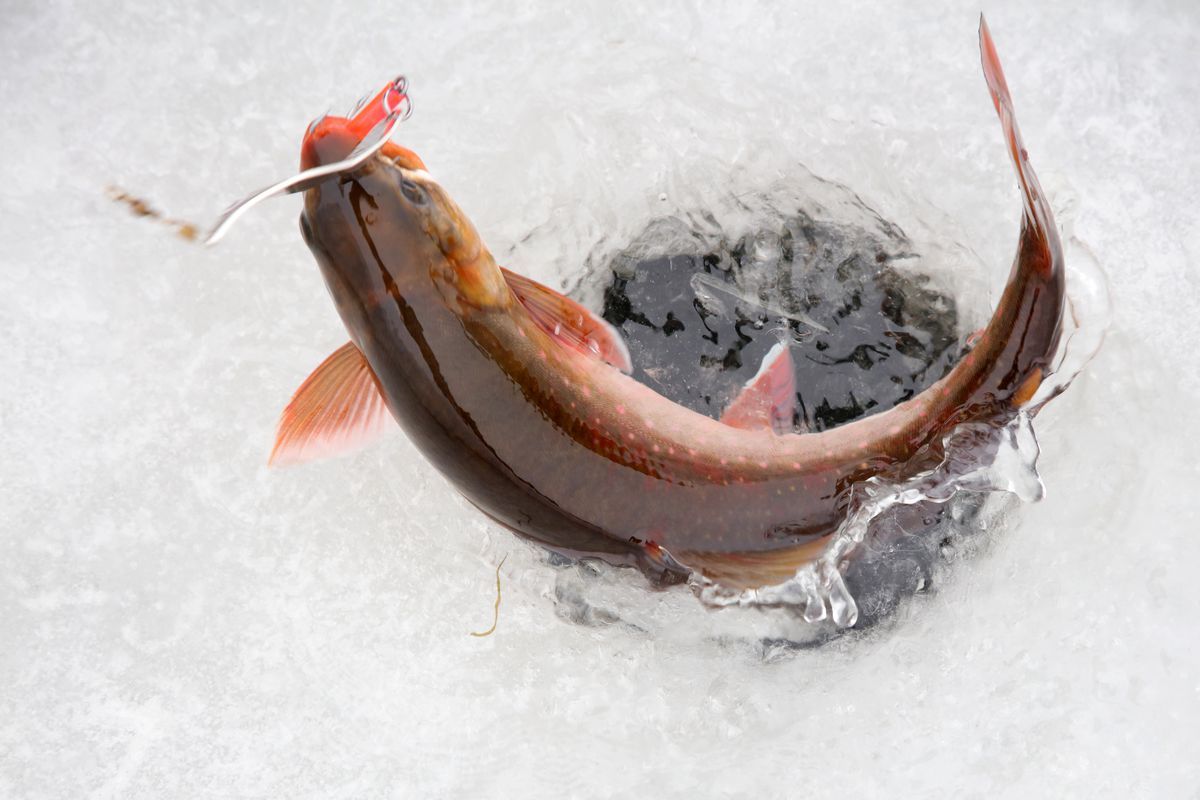
Once the fish is caught the fishermen load the fish into a large plastic tub. When their work is done, they clear off the ice, straighten the line and pack the sled to make their way back to their community fish plant for processing.
Careful handling and quick freezing is also responsible for making this the highest quality turbot on the world market. The handline system used by Pangnirtung fishers allows the safe release of non-target species like Greenland shark. That is why this fishery is considered the most fish friendly turbot harvest in the world.
Spring winds make the best air-dried Arctic Char (known locally as Pipsi) and is prized by their fishers as a high energy food source they need when fishing out on the ice in the winter. In warmer weather fishers can pour arctic seawater over the catch to keep them fresh for the trip home.

About Our Logo
Our company and logo were First created by a group of elders here in Pangnirtung around 1992. They wanted to showcase the Inuit culture as well as what it meant to them to fish in a traditional way with hand lines.
The fisher on the bed of ice represents the “Inuit” which means the people of this place and the fishery which is a way of life for many of our people. The fish under the ice is a turbot representing one of our most abundant fisheries, recognized by the Inuit a generation ago as a source for trade because of the vast quantities available in nearby Cumberland Sound and the commercial harvest does not compete with our own food needs.
The color Yellow is used liberally because it represents the natural brightness of the northern sun and the importance of clear skies while fishing and/or hunting, while the blue represents the icy cold waters of Pangnirtung & the Cumberland Sound which has brought sustainable food and resources to this community.
